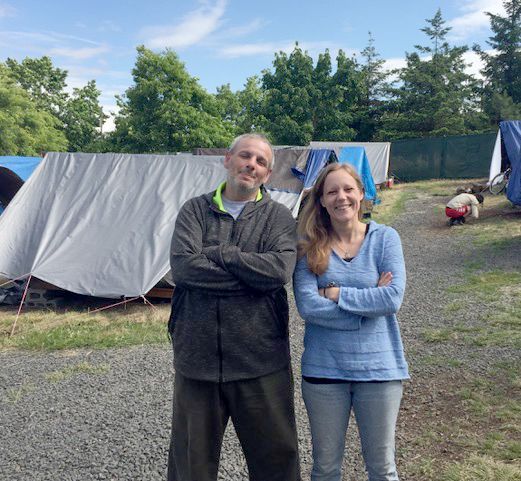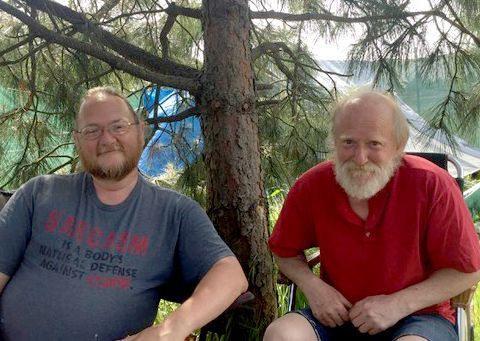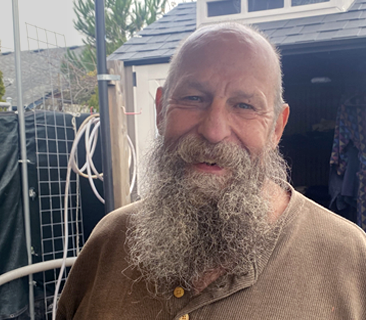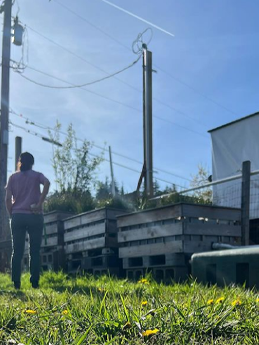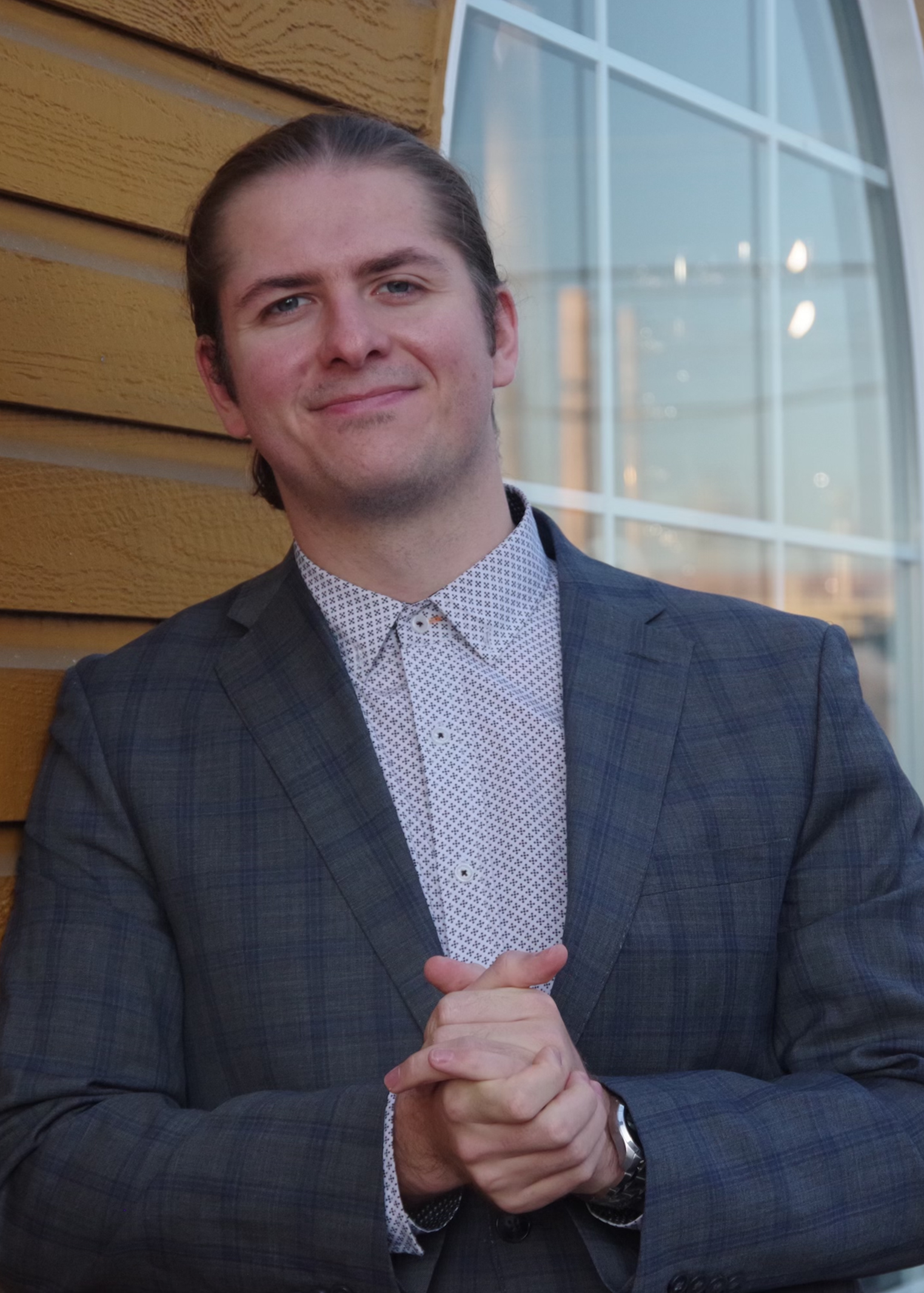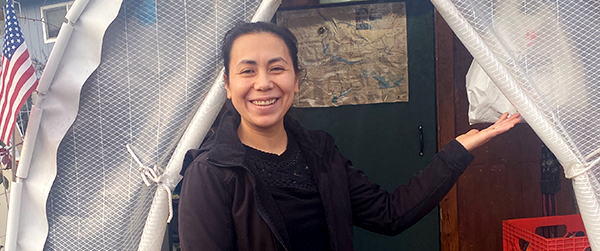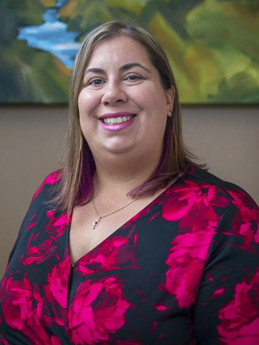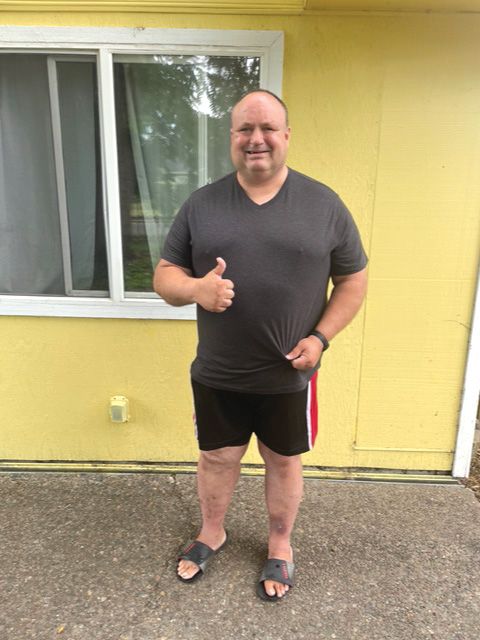Supporting Communities Among the Shelters
Their resumes would frighten some people: ex-cons, recovering meth addicts and alcoholics, college drop-outs and drifters. Most have run into sometimes self-constructed obstacles that have diverted their lives into a tail-spin that sent them crashing into homelessness. But now, they have emerged as leaders, with the roles of coordinators, mediators (also called peace-keepers and problem-solvers), groundskeepers or maintenance managers, kitchen managers, and transportation managers. Currently, the camps have between three and six on-site managers.
One of the great challenges of building and maintaining camp communities is that, by the nature of the program, the members of the community change often. The basic objective of the camp is to provide safe temporary shelter to give homeless people the stability to begin to change their situation. “Success” is when people find a better housing option and move out. And “failure” is people who move out because they can’t function in the community setting. Successes are more common than failures, but one way or another, people are moving out regularly. And with the long waiting list to get into the camps, people are moving in just as regularly.
“It changes every time you got a new person coming in,” says John Maddox, 66, groundskeeper at the Vets Camp. “That’s a new personality.” Because veterans are eligible for housing assistance from the Veterans Administration, the successful kind of turnover often happens more quickly there than at other camps. “But we learned one thing,” he says. “If you have four empty Huts, don’t send four guys at one shot because that’s four different personalities. We’re good at one. So [the CSS office] said, ‘OK, we’ll give you one a week.’”
Being good at assimilating new people is key. “I think we do a very good job of, when people first come in, letting them know what’s acceptable and what’s not and if they have questions, who to come and ask,” says Donna Jackson, 62, coordinator at the oldest of the camps, the Roosevelt Safe Spot.
“I let them know what the rules are and how to behave for a ‘minute’ so you can stay here, try to keep everybody here, even the rough ones,” says Bill Petrovic, 58, mediator at the Expressway camp, “’cause everyone’s got to have a place to be.”
The general practice is to let newcomers settle in and adapt to the group living situation at their own pace. “We take them on a little tour and say ‘this is what we expect from you, and after that, it’s up to you.’” says John. “In life, I’ve found it’s easier for you to dive into it [rather] than for someone else to push you.”
Fortunately, the volunteer managers—who, for the sake of stability, are allowed to stay in the camps beyond the usual 10-month limit—were all once newcomers themselves and understand the challenges of moving from the daily individual struggle for survival on the streets to a camp with 15 to 20 other people trying to work together. “When I first got here I didn’t know what to expect,” says Jeremy. “From what I’ve known of homeless people, they were either tweakers, drunks, or drug addicts of some sort, but then I looked at myself and thought, ‘well that can’t be everybody because I’m not like that anymore.’ After two or three days, the shell started to crack a little bit, and I started opening to these people.”
It took Red Stevens, 57, groundskeeper at the Roosevelt camp, a lot longer. “It took me quite a while to trust people, several months,” he says. “I like to be by myself. I’d go back [to my tent] and watch movies. Then I got to know people.” He appreciates the space he was given early in his stay and now he’s an important contributor. He also appreciates the CSS policy on alcohol and drugs. It’s against the rules to drink or do drugs in camp, but people are not evicted for drinking or smoking pot off-site. People who repeatedly abuse alcohol or use hard drugs are required to seek treatment. Red was a heavy drinker when he first came to the camp.
“When Red first came here, I had to pick him up out of the middle of the street. He was blocking traffic because he was trying to crawl across the street,” Donna says. “I couldn’t walk,” Red adds.
Red has tried treatment and says it didn’t work for him. But he had a stroke last January and has curtailed his drinking significantly. And the problem-solver at Roosevelt—an old drinking buddy of Red’s—is currently undergoing treatment. “We don’t have a bunch of people drunk in camp anymore,” Donna says. “That used to be an issue.”
Although the CSS alcohol and drug policy does give people like Red a chance to be in a safe community while they struggle with substance abuse issues, it can also add to the challenges for the on-site managers to maintain that safety.
Mary Schulz, 43, kitchen manager of the Chambers camp, tells of a deaf and mute resident with a drug problem. He has endeared himself to his fellow campers in some ways but when he is on drugs, he becomes angry and frightening, especially to the women in camp.
“I have compassion for him for his condition because he was born that way,” she says. “It’s not his fault that his parents just could not be bothered by a child with disabilities. Everybody’s just kind of shoved him into a corner. I’m a former meth addict, too. I’ve been clean and sober 22 years. I grew up being abused by men. I myself used to hide behind the abuse as to why I had to get loaded—but it’s not a good enough reason. He’s choosing to do the drugs knowing what they do to him. I don’t have compassion for that.”
When he’s on drugs, most people avoid him. The camp managers confront him, and they call Cahoots. But he has not been evicted. “He’s grown on [CSS staff], he’s grown on me, he’s grown on everybody in some way, shape, or form,” Jeremy says. “It’s pathetic, it’s admirable, it’s all over the board, some of the things he does are really stupid, some of the things he does are really amazing, so it’s really hard to kick him out on the curb.”
“When you know he doesn’t even have a curb to go to,” Mary adds.
In June, that resident was in Lane County jail for a probation violation, which Mary and Jeremy hope will accelerate his entry into a rehab program for which he has applied.
Bill from the Expressway camp, explains the drug and alcohol policy plainly: “No one is saying you can’t get loaded, but you can’t do it here and if you do show up that way then you need to stay in your tent and sleep it off. That keeps them safe.”
The camps all have mandatory meetings every Wednesday, and once-a-month work parties, communications meeting with someone from outside the camp, and staff meetings. When there is a fifth Wednesday in a month, managers from all the camps meet. “It’s good to get different perspectives because what works for this camp might not work for another camp,” William says. “And they might have an even better solution, which is what we hope.”
Residents engage in varying degrees of informal community activities at the different camps. Mary of the Chambers camp says social events “kind of randomly happen. We might go out and play ball or take care of the yard. We communicate, visit, sit up on the hill and just kick back—pretty much like a family almost.”
At the Expressway camp next door, things seem a little more low-key: “We have little cook-togethers and stuff like that,” Bill says. “Some people go to Starbucks together. There’s a group playing dominos now.”
“There are times when people just sit in the same area,” William says. “I’ve seen every seat in the common room completely full. Nobody talking. Everybody on a device or reading a book. They’re together, but they aren’t doing anything together.”
“They’re getting along,” Bill adds.
At both the Roosevelt Camp and the Vets camp, the residents eat together often but have few other non-required organized activities. At Roosevelt, there are occasional TV nights or folks might get together to do a puzzle. Donna and Red were setting up a watering schedule to involve everyone in the garden and encouraging people—one more time—to clean up after themselves in the kitchen.
John at the Vets camp says the residents have come together to work on firewood and other projects and there’s talk of a group trip to Spencer Butte or the Coast but nothing has come of it yet. They will go off in small groups to downtown and the library or head to the rivers to do some fishing. He likes to get away himself when he gets a chance. More than shared activity, what he sees as the essential underpinning of community is respect for each other: “You’ve got to show respect—if you’re not showing respect, you’re causing issues.”
For John, being in a leadership position is “an opportunity to do something. See that little pile of blackberries over there—well I’m cutting them down to make a big old garden because that’s what I do. I got up this morning and I painted all the woodwork on those benches. This is at 7 o’clock in the morning with a cigarette and a cup of coffee and I feel good.”
William and Bill of the Expressway Camp feel good about the direction their camp is heading now. “So far we’ve gotten real lucky on the people [the CSS office has] sent us,” William says. “They’ve been polite, they’ve been upbeat, they’ve got a general sense of going and doing something.”
But they acknowledge they’re in the early stages of the sort of community they’d like to see in the camp. “It’s still a baby,” Bill says. “We’ve got a lot of kindness. For some people it just takes a ‘minute’ to adjust to the rules and if you do it with kindness, it works better. We’ve got a pretty good crew right now. We have people who help us out to do stuff around camp and with other people when we’re having a hard time. So it’s not just staff dealing with it. And it’s much quieter!”
Mary and Jeremy think their Chambers camp is in a very good place now. “There’s a consistent basis of respect here between the people in the camp and the on-site managers,” Jeremy says. “I’m closer with those guys than I have been with a lot of people in my life to be honest with you.”
“When we’re coming back here,” Mary says, “we can say, ‘I’m going home.’ It’s to the point now, where the majority of people in this camp have bonded and are so close with each other that if asked to move to another camp, the answer would be ‘no.’”
Donna and Red share those sentiments about their camp—despite Red saying that sometimes being in a leadership position in the camp feels like having “a house full of kids and no Cadillac out front.”
“We take great pride in this camp,” Donna says. “We really do. Everybody does. Most people are so grateful to be here. They can leave their tent open and nobody bothers it. It’s very mellow. We don’t have any violent outbursts—at least not for a long time.”
“I like mellow,” Red says. “Everything be just fine.”
Red says his leadership role “gives me something to wake up for, do my watering, no big deal. I enjoy doing that, always have.”
Donna has discovered a talent for leadership. “I like my job. I’m good at this. I’m good with people.” And as much as she has helped foster the community at the Roosevelt Safe Spot, that community gives back to her.
“I have depression issues,” she says, “but with this kind of community and having such open relationships with people, I never feel lonely or isolated. That’s a big thing for some people—if you don’t feel like you fit in or people aren’t really nice to you then it adds to whatever you might be going through on you own, so this community atmosphere is really good for me.”


